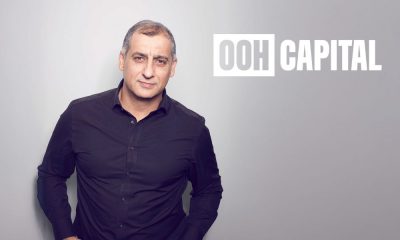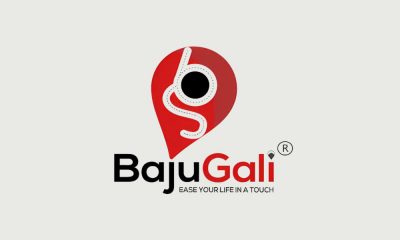International Events
Unravelling the multi-layered tech stack for OOH
Tom Goddard, President, WOO in conversation with Andreas Soupliotis, Founder & CEO of Hivestack
The sharp focus on tech application in OOH business, a common thread that through the deliberations in the WOO APAC Forum in Bali, was amplified in a fireside chat between Tom Goddard, President, WOO and Andreas Soupliotis, Founder & CEO of Hivestack, a global leading full-stack programmatic DOOH platform.

Tom set the context for the discussion by highlighting the necessity of focusing on the commercial facets of programmatic and DOOH, taking the conversation away from technical intricacies. He drew attention to the immense potential of programmatic, despite its relatively modest share of the current market, and questioned when programmatic would evolve into a more substantial channel for incremental revenue.
In response, Andreas categorised markets into three distinct types: starting, scaling, and settled, classifying them based on their programmatic adoption status. He emphasised the significance of programmatic in settled markets, where it already plays a vital role in sales strategies, such as Canada where programmatic constitutes 30% of DOOH spends. In starting markets, the primary focus lies in assisting media owners to generate new revenue, typically in the range of 5-10% during the first year in the market.
Shifting the conversation towards the APAC region, Tom enquired about the state of programmatic DOOH in this diverse geographical market. Andreas explained that the situation varies from country to country, influenced by factors such as the presence of unified measurement systems.
The discussion then transitioned to the challenges associated with data and audience measurement. Andreas elaborated on the impact of significant changes, like iOS 14 and Google’s deprecation of GAID, on their use of location data for tracking consumer movement patterns. He emphasised the increasing importance of retailers who have access to valuable first-hand data in stimulating programmatic DOOH engagement.
Tom raised two critical queries, one concerning the assessment of incremental revenues and the other pertaining to transparency within programmatic. Andreas emphasised the need to accurately measure incrementality, elucidating various levels of incrementality, from attracting new revenue from external markets to the utilisation of omni-channel demand-side platforms. He also stressed upon the necessity for a fair and transparent fee structure based on actual incrementality.
Addressing the issue of transparency, Andreas detailed the industry’s shift from open exchange buys to private marketplaces, highlighting the pivotal role played by industry associations and organisations in ensuring transparency.
The conversation delved into the competitive landscape of ad tech platforms, encompassing both SSPs and DSPs. Andreas spoke about the market-specific variations in this competition, emphasising the overarching goal of streamlining revenue flow for media owners.
Tom probed into Hivestack’s role as an SSP with limited involvement in DSP activities. Here. Andreas expounded on their primary mission to generate incremental revenue for media owners, elucidating their temporary venture into the DSP realm to facilitate the flow of capital until omni-channel DSPs like DV360 and The Trade Desk assumed the predominant role in programmatic revenue.
The discussion subsequently touched upon impression multipliers, a particularly salient topic in regions lacking adequate audience measurement infrastructure. Andreas underscored the importance of industry organisations providing standardised impression multipliers to eliminate obstacles for media owners.
Concluding the session, Tom enquired about the prospect of consolidation within the technology landscape, referring to a complex Lumascape chart. Andreas expressed his belief in an imminent consolidation, particularly as programmatic OOH strives to increase its market share. He anticipated a surge in M&A activities in the near future.


























